Rajasthan is a state with lots of exploration opportunities. Typically known for its Thar Desert, forts, palaces, and rich history, Rajasthan also offers other unique places to explore. Ranthambore National Park is undoubtedly one of them. The wildlife sanctuary is primarily known for being the residence of the Royal Bengal tigers. Wildlife safaris are the most exciting activities to indulge in. Apart from the thrill of spotting wildlife in the forest of Ranthambore, there are a lot of other tourist attractions. Tourists can visit ponds, temple, fort, museum, ancient ruins and a few more, while on the trip to Ranthambore National Park.
Spread over 392 sq km, it offers a perfect blend of history, nature, and wildlife, and is just 175 km from Jaipur, the capital city of Rajasthan. These attractions in and around Ranthambore National Park offer a well-rounded experience of wildlife, history, culture, and nature.
1. Ranthambore Fort
Recognised as a UNESCO World Heritage Site, Ranthambore Fort stands prominently on a hill within one of the national park’s safari zones. Dating back to the 10th century, the fort reflects the deep-rooted heritage of Rajasthan and offers sweeping views of the forest landscape. The complex houses old temples, mosques, and water reservoirs that visitors can walk through and admire. While much of the structure lies in ruins today, the area is also known for frequent wildlife sightings, including tigers and leopards.
2. Kachida Valley
Situated near the outer boundary of Ranthambhore National Park, Kachida Valley is admired for its natural charm and diverse wildlife. The area is especially known for its healthy population of panthers and sloth bears, attracting visitors with a keen interest in wildlife. Its uneven terrain, marked by rocky hills and small water bodies, creates a striking setting for safari drives and nature photography. Sightings of bears and panthers are quite common in this part of the park, adding to its appeal among travellers.
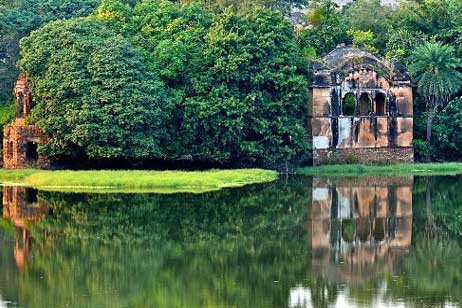
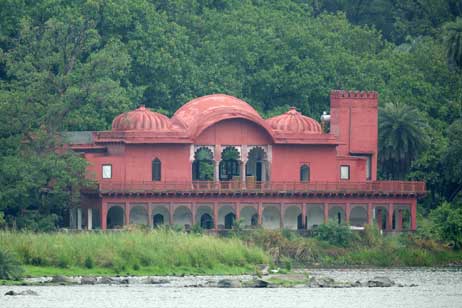
3. Padam Talao :
Padam Talao is the largest lake among the others in Ranthambore National Park. A lot of wildlife species and birds are frequently spotted near this lake, especially during the summer season. The early morning safaris facilitate higher chances of spotting the tigers near Padam Talao. The lake gets its name from the abundance of water lilies that frequently cover its surface, creating a beautiful and memorable view. Time spent at Padam Talao feels peaceful and rejuvenating, leaving visitors relaxed and refreshed. Jogi Mahal, located close to the lake, adds a touch of history to the natural setting.
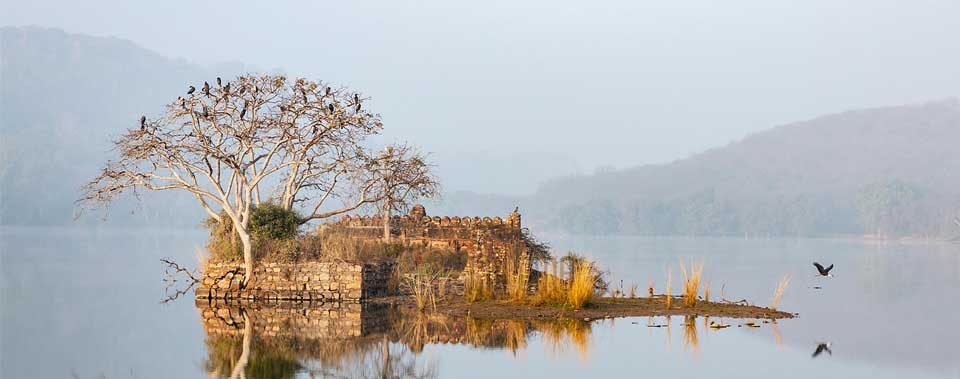
4. Malik Talao
Located within Ranthambore National Park, Malik Talao is a modest lake that plays an important role in supporting local wildlife. The area is especially favoured by bird lovers, as species such as kingfishers, herons, and egrets are often seen here. Apart from birds, the lake attracts marsh crocodiles and animals like deer and wild boar, making it a rewarding stop for visitors interested in wildlife observation.
5. Trinetra Ganesh Temple
The Trinetra Ganesh Temple, situated within the premises of Ranthambore Fort, is regarded as one of the earliest shrines dedicated to Lord Ganesh and is respectfully referred to as Pratham Ganesha. The temple holds deep spiritual value for devotees who visit to offer prayers and seek blessings. What makes this shrine distinctive is the belief that it enshrines Lord Ganesh along with his entire family, including his consorts Riddhi and Siddhi, and his sons Shubh and Labh. Rich in age-old legends and traditions, the temple has remained an important place of worship for centuries. Devotees from various parts of the world, especially during the Ganesh festival, visit this sacred site. It is also a long-standing custom for worshippers to send invitation letters to the temple, inviting Trinetra Ganesha to bless important and auspicious events.
6. Raj Bagh Ruins
Situated between the Raj Bagh Talao and the wooded areas of Ranthambore, the Raj Bagh Ruins consist of several historic remains. The site features old palace structures, arches, and domed buildings that reflect the architectural heritage of the region. Beyond their historical value, the ruins are set in an area frequently visited by wildlife, with tigers often seen resting near or within these shaded structures.
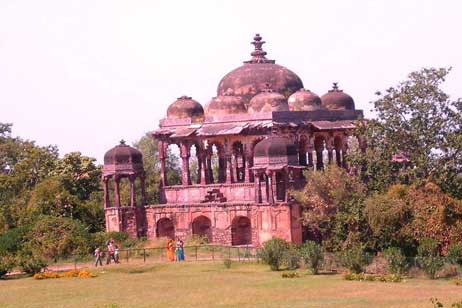
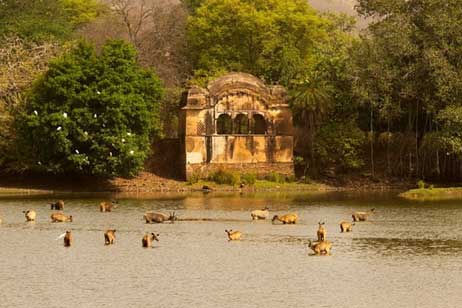
7. Raj Bagh Talao
Raj Bagh Talao is one of the notable water bodies within the park, valued for its calm surroundings and thriving wildlife. Located near the historic Raj Bagh Ruins, the lake often draws animals such as tigers and leopards, along with a wide range of bird species. As animals gather here to cool off during warmer hours, the area becomes an ideal place for observing wildlife and capturing photographs in a natural setting.
8. Jogi Mahal
Positioned beside Padam Talao, Jogi Mahal is a heritage structure that once functioned as a royal hunting lodge. Although overnight stays are no longer permitted, the site continues to attract visitors due to its elegant architecture and scenic lakeside surroundings. Historically, it was used by the Jaipur royal family during their hunting visits to the Ranthambore forest. Nearby, the presence of a massive banyan tree, considered among the largest in India, further enhances the significance of this location.
9. Dastkar Ranthambore
Dastkar Ranthambore is an important place to visit for travellers who value traditional art and community development. The organisation works on a non-profit basis and focuses on supporting local women by promoting skills such as embroidery, block printing, and textile craftsmanship. At the artisan centre, visitors can view a wide range of handcrafted products, make purchases directly from the makers, and gain insight into ongoing initiatives aimed at preserving local culture and livelihoods.
10. Rajiv Gandhi Regional Museum of Natural History
Situated in Ramsinghpura village, about 9 kilometres from Sawai Madhopur, the Rajiv Gandhi Regional Museum of Natural History offers insight into the natural wealth of India’s western region. The museum presents a well-curated display of plant life, wildlife, and geological samples found across the area. It was established to promote awareness about conservation and the protection of native species. One of its key attractions is the collection of life-sized replicas of wild animals such as the tiger, lion, leopard, and chinkara, which reflect the diverse wildlife of Rajasthan.

11. Ranthambore School of Art
Ranthambore School of Art is an institution dedicated to creating awareness about wildlife conservation. Local artists execute this mission by creating beautiful paintings and artworks of tigers and other wildlife. These pintains are displayed and sold to support the cause. Visitors can witness artists at work and purchase beautiful pieces of art while contributing to the national park’s conservation efforts.